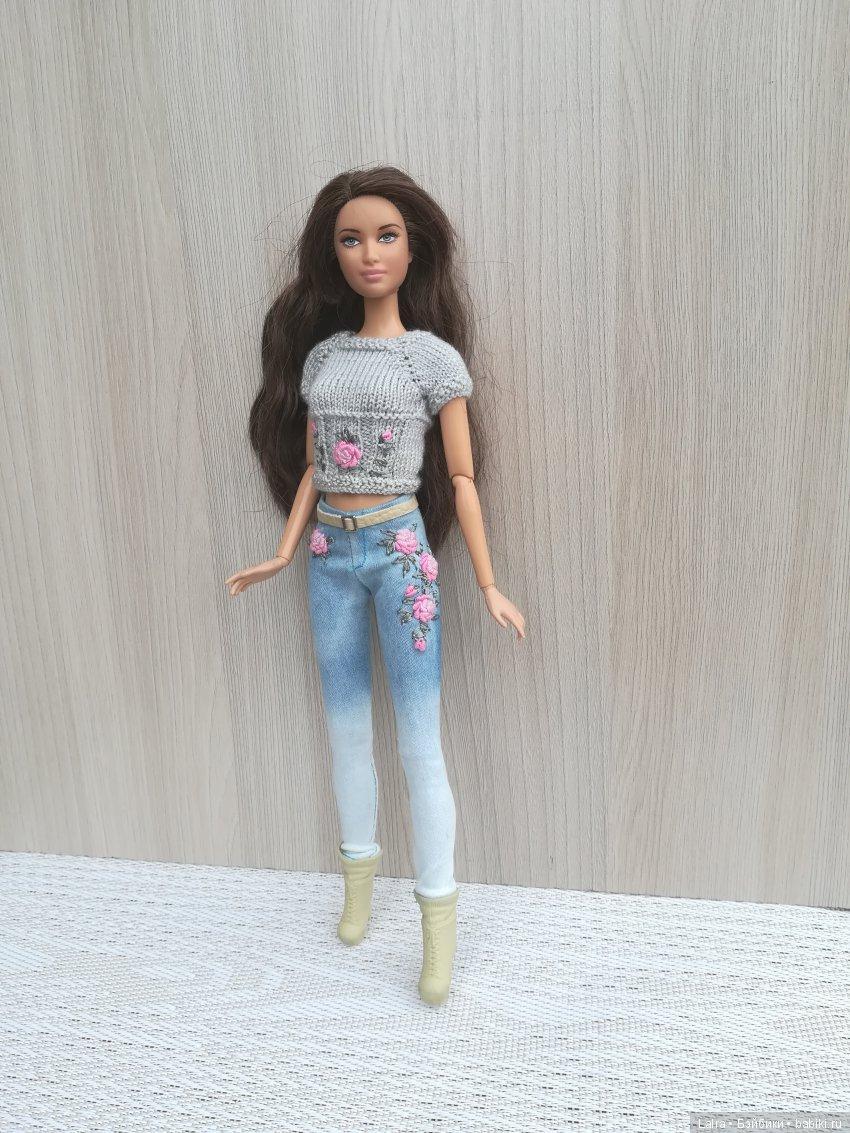One of the most popular children’s toys is taken for discussion: the Barbie. The doll can be both female and male, belong to various professions. The doll in question is a female character dressed in casual clothing. This model is the most classic one and the most popular. Barbie was chosen for discussion due to her popularity and presence in almost every house where there are children.

The Cognitive Abilities and Limitations of Children in Piaget’s Concrete Operations Stage
Piaget devoted a large number of experimental works to children’s thinking. He determined that children at the stage of a concentrated operation have a fairly good command of inductive logic, which involves the transition from specific experience to a general principle (Piaget, 1945). The key advance at the concrete operational stage is the understanding that when something changes in form or appearance, it stays the same; a concept is known as persistence. An important limitation of concrete-operational thinking is that organization, logic, and flexibility of thinking can manifest only when children are not working with abstract ideas that do not appear in the real world.
The Appropriateness of the Toy for Concrete Operational Children
Playing with a doll teaches a child a role model of behavior. Understanding the role model is especially important for the individual’s socialization at the concrete operational stage. During this period, the child can understand that the object remains the same when roles change. A doll is an object of the real world, but at the same time, it is endowed with different properties, which helps the child learn to work with abstract ideas, which is limited at this stage.
The Contrast Appeal of the Toy to Children in the Preoperational and Formal operational stages
The formal operational phase begins around the age of twelve and continues into adulthood. Children acquire the ability to think abstractly, without any dependence on specific manipulations. The ability to recognize role models at this stage in children is already developed; therefore, playing with dolls will not be as useful for them as for children at an early stage of development. For children of formally operational age, games aimed at developing their interests are more suitable.
Barbie Doll and Gender Stereotypes
Although the Barbie doll was originally a toy for girls, now the company is replete with many male dolls and destroys gender stereotypes. Barbie doll manufacturers have already made a valuable contribution to breaking down the gender stereotype that only girls should play with dolls. Both boys and girls need to define social roles and understand the possibility of changing them. Manufacturers can go a step further and create a gender-neutral doll so that the child can identify the doll for themselves.
How to make the toy better
It would be a good strategy to expand the line of dolls of different professions: from an astronaut doll to a president doll. You can also expand the line of dolls by representatives of various racial minorities dressed in traditional clothes. In this way, every child will be able to see the representation in the toy. In addition, the price should be as affordable as possible for each parent.
Reference
Piaget, J. (1945). Play, Dreams and Imitation in Childhood. Heinemann.
